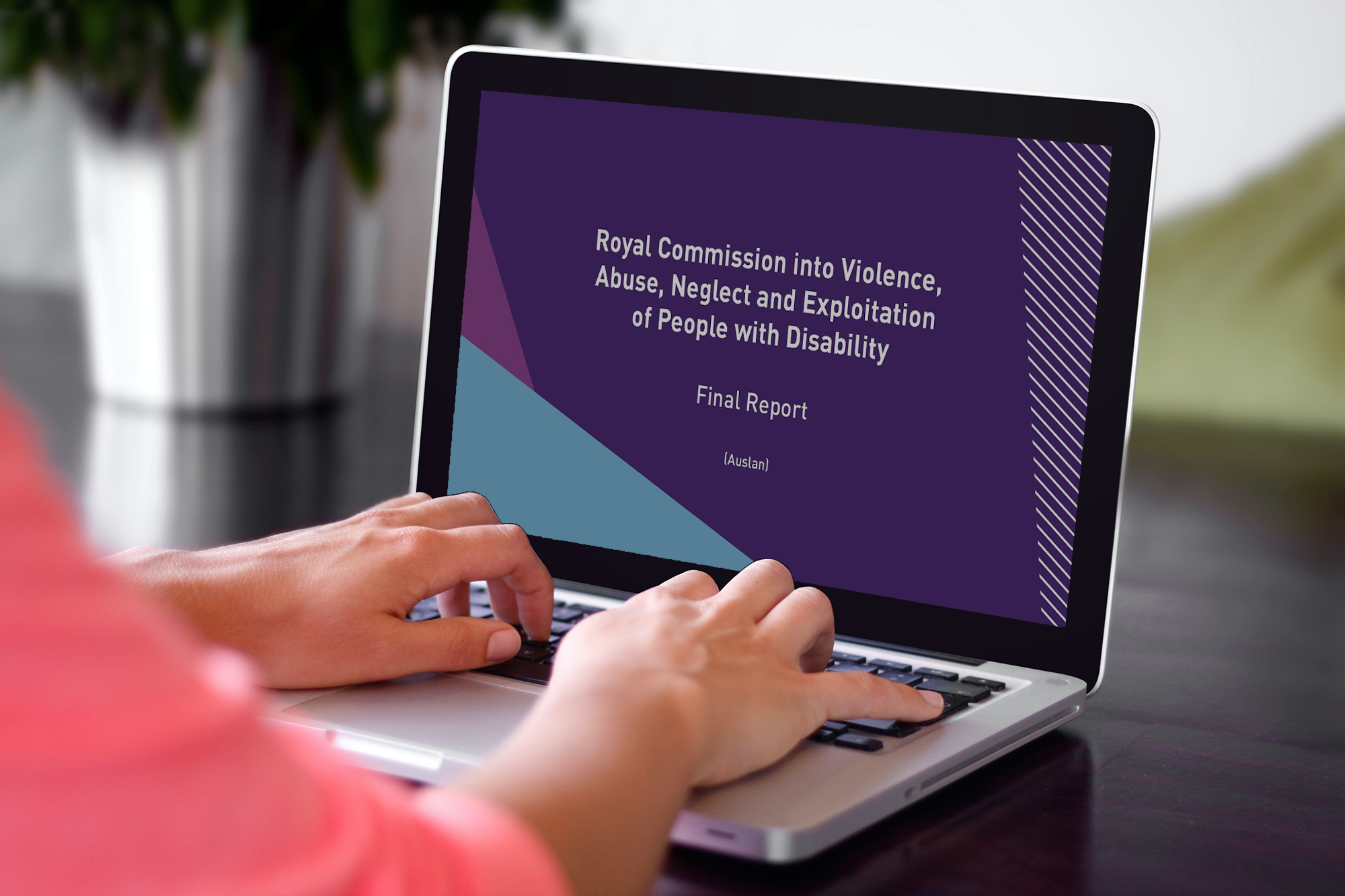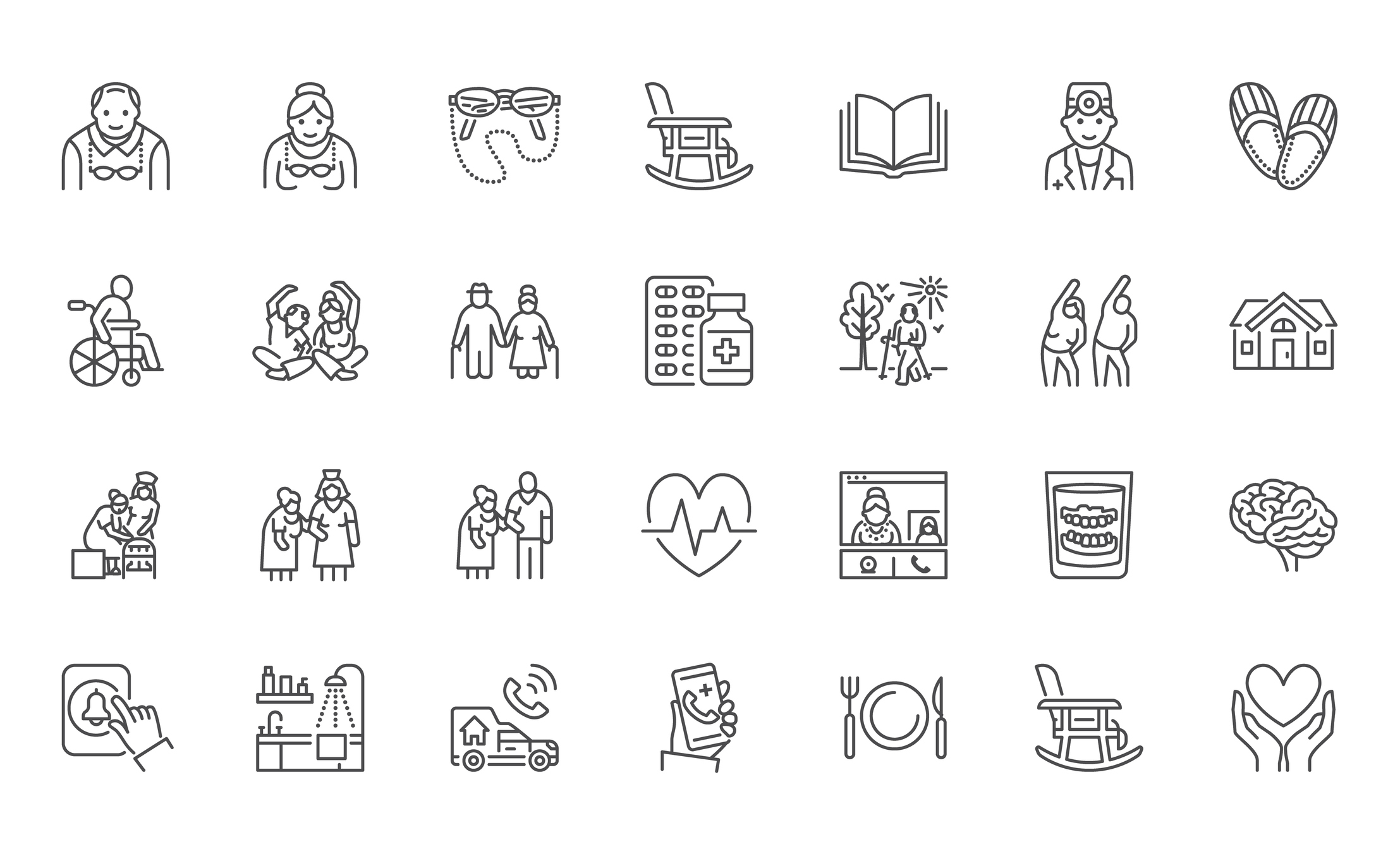Reforms to the aged care sector continue, with the recent release of a consultation draft of the revised Aged Care Quality Standards (‘Quality Standards’). The new Quality Standards have some key differences compared to the existing standards – they are significantly more detailed, and represent a move away from the higher-level approach of the existing standards. There is definitely a lot for providers to take in, so let us help you get up to speed with our overview of the key changes.
Why are the Quality Standards changing?
The Royal Commission into Aged Care Quality and Safety found that the existing Quality Standards are not sufficiently ‘comprehensive, rigorous and detailed’.
The Royal Commission identified specific areas of improvement for the Quality Standards, including the need to:
- reflect the needs of people with dementia;
- better recognise diversity and improve cultural safety for Aboriginal and Torres Strait Islander people;
- strengthen requirements in relation to governance and human resources;
- describe more detailed requirements relating to food and nutrition; and
- improve clinical care.
The revisions to the Quality Standards were also informed by engagement with the sector, an independent review, and comparison with existing standards for health care and disability support – the National Safety and Quality Health Service (NSQHS) Standards, and the NDIS Practice Standards.
What will the new Quality Standards look like?
Standard 1: The Person
Standard 1 focuses on important concepts including dignity and respect, older person individuality and diversity, independence, and culturally safe care.
The new Standard 1 remains fairly similar to existing Standard 1: Consumer dignity and choice in the current Quality Standards, with a focus on the older person.
Outcomes
- Person-centred care
- Dignity, respect and privacy
- Choice, independence and quality of life
- Transparency and agreements
Standard 2: The Organisation
Standard 2 is intended to hold the governing body responsible for fulfilling the requirements of the Quality Standards and delivering safe and quality care. Standard 2 goes into more detail than the current standards by itemising more requirements for systems that providers should have in place (including requirements regarding partnering with older people, accountability and quality systems, workforce planning, and emergency and disaster management).
Outcomes
- Partnering with older people
- Quality and safety culture
- Accountability and quality systems
- Risk management
- Incident management
- Feedback and complaints management
- Information management
- Workforce planning
- Human resource management
- Emergency and disaster management
Standard 3: The Care and Services
Standard 3 describes the way providers must deliver care and services. It sets out more detailed requirements regarding how providers assess each older person’s needs, goals and preferences, document this in a care plan and use this to inform the way care is delivered. Standard 3 includes a new requirement that providers implement a system for caring for people living with dementia.
Outcomes
- Assessment and planning
- Delivery of care and services
- Communicating for safety and quality
- Coordination of care and services
Standard 4: The Environment
Standard 4 focuses on the physical environment, which must be clean, safe and comfortable and enable freedom of movement for older people. Standard 4 also sets out requirements regarding infection prevention and control systems.
Outcomes
- Environment and equipment at home
- Environment and equipment in a service environment
- Infection prevention and control
Standard 5: Clinical Care
Standard 5 describes the responsibilities of providers, with respect to the delivery of clinical care. Standard 5 articulates more detailed and technical requirements for clinical care compared with the existing standards, including in areas such as technical nursing, advance care planning, continence, falls and mental health. This standard was developed by the Australian Commission on Safety and Quality in Health Care, and aligns with the NSQHS Standards.
This standard will apply to providers delivering clinical care, whether it is in an older person’s home or a residential environment.
Outcomes
- Clinical governance
- Preventing and managing infections in clinical care
- Medication safety
- Comprehensive care
- Care at the end life
Standard 6: Food and Nutrition
Standard 6 sets out requirements regarding what older people can expect of the food and drink they are provided in residential care services. It includes the requirement that food and drink is appetising, nutritious and safe, and that the dining experience is enjoyable. Having a dedicated standard for food and drink is a new development, and represents a greater focus on this area.
Standard 6 will apply only to residential care services.
Outcomes
- Partnering with older people on food and nutrition
- Assessment of nutritional needs and preferences
- Provision of food and drink
- Dining experience
Standard 7: The Residential Community
Standard 7 is about the residential community, and focuses on continuity of care, security of accommodation, and strategies to help older people maintain relationships.
Standard 7 will apply only to residential care services.
Outcomes
- Daily living
- Planned transitions
Other noteworthy changes
- Use of the phrase ‘older person’/’older people’ – The term currently used to refer to a person receiving services under the existing Quality Standards is ‘consumer’, however the Aged Care Quality and Safety Commission acknowledges that this term is not generally well-received by older people. The new term used throughout the revised Quality Standards is ‘older person’.
- More requirements, that are more detailed – The current Quality Standards are outcomes-focused and consist of eight standards, which include a consumer outcome, an organisation statement and a number of requirements. The new Quality Standards describe more detailed expectations for providers, with an increase from 42 requirements to 31 outcomes with 142 supporting actions. This may look like an increase in the regulatory burden for providers, but the intention is to provide greater clarity to providers, by being more specific about how to achieve the outcomes laid out in the Quality Standards.
Similarities with NDIS Practice Standards
The updated Quality Standards will align structurally with
the NDIS Practice Standards, by following a ‘modular’ format and using outcomes
and actions (called ‘quality indicators’ in the Quality Standards). The two
sets of standards don’t have identical content, but there are plenty of similar
themes, and the same pieces of evidence may be used by a provider to satisfy
outcomes across both sets of standards. For example, an organisation’s incident
management policy may be used to demonstrate compliance with the incident
management outcome across both sets of standards.
Government is also considering regulating providers through
a registration model, similar to the NDIS Practice Standards. Employing a
registration model means that, “requirements for market entry and ongoing
provider responsibilities would be applied proportionately, based on the
provider’s registration category. A provider’s registration category would be
determined based on the types of care and services the provider is seeking to
deliver and the risks associated with them”. This is similar to how the
NDIS Practice Standards currently operate.
What does the rollout look like?
There will be some time before the new Quality Standards are up and running.
Currently, the Department of Health Aged Care is holding a public consultation process for the Quality Standards, and providers are invited to take part.
Following the public consultation, Aged Care Quality and Safety Commission will conduct a pilot of the new Quality Standards, to test an updated audit methodology for the Standards.
Providers can expect guidance materials and further updates on the revised Quality Standards in early 2023.
Looking for more information?
The Commission has released a number of helpful resources for the new Quality Standards, including both a summary as well as a detailed Consultation Paper, and a summary and detailed document setting out the new Quality Standards themselves.
To understand the intention behind the new Quality Standards, as well as what all of the requirements are, you might like to take a look at the Commission’s Summary Consultation Paper, as well as the Summary draft of the Quality Standards.


